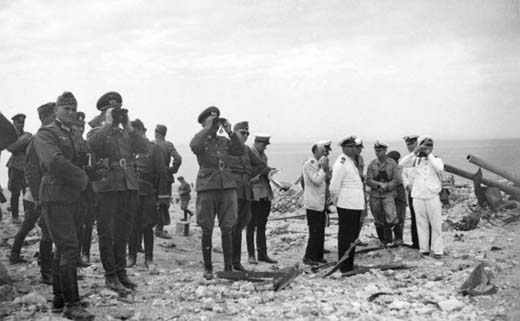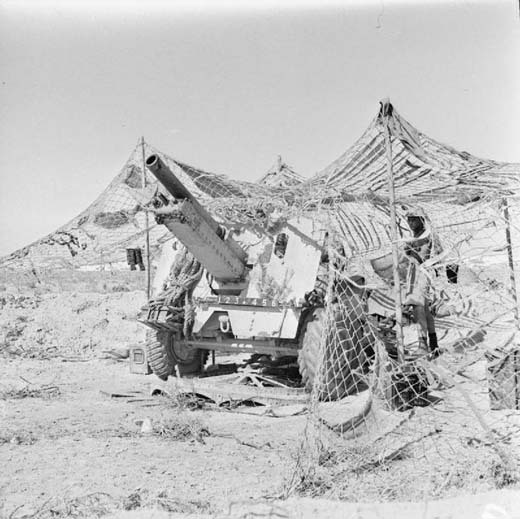Air Operations, Aleutians
Despite heavy cloud cover, 5 28th Composite Bomb Group B-17s and 4 B-24s attack shipping and port facilities at Kiska.
[Air Operations, Europe
BOMBER COMMANDDaylight Ops:
- 3 Mosquitos to Düsseldorf, Münster and village of Oberlahnstein in the Westerwald which contains a railway traffic center. All aircraft bomb approximate areas through clouds.
- No losses
- 291 aircraft of 5 types to Saarbrücken; first large-scale attack here; defenses not expected to be strong; bombers encouraged to bomb at altitudes lower than normal
- 248 aircraft report accurate bombing; Command claims damage to two industrial targets, an iron works and an engineering works; reports from the ground indicate severe damage and casualties in the center and northwestern districts; 396 buildings destroyed, 324 heavily damaged, 155 people killed.
- 3 Wellingtons, 2 Halifaxes, 2 Lancasters and 2 Stirlings lost
Air Operations, New Guinea
7 A-24s of the 3rd Light Bomb Group's 8th Light Bomb Squadron and several RAAF bombers attack 2 Japanese ships unloading troops and supplies at Gona. 1 ship returns to Rabaul without unloading, the other is severely damaged. 5 A-24s are lost in the action resulting in removing the A-24 from combat operations.
[Allied Production
A combined British and American Production and Resources Board is established in London to control allocations of material and industrial priorities. W. Averell Harriman, the US Lend-Lease Representative in the UK, and Oliver Lyttleton, the UK Minister of Production, are to be the senior members.
Canada, Home Front
The National Resources Mobilization Act is amended by Parliament to permit the introduction of conscription for overseas service, despite strong opposition from French-Canadian Liberals.
[China
Chinese units regain areas along the Hangchow-Nancheng rail line.
[Eastern Front
The attacks of Army Group A south of the Don continue to make good progress with Proletarskaya being captured. A bridgehead over the Manych River in the Caucasus is established. Hitler is not satisfied with the progress of 6th Army in the Don elbow and again alters his dispositions, returning 4th Pzr Army to Army Group B. The series of alterations to the strategic plan which Hitler deemed necessary are generally held to have crippled the German chances of decisive success in this campaign. 4th Pzr Army has wasted much effort moving from front to front and Stalingrad has gradually assumed an ever more dominant position in the German plan, leaving Army Group A with a massive, strategically vital, task and inadequate resources. Hoth's Panzers capture Tsimlyanskaya on the Don River, southwest of Stalingrad.
Broken Soviet Artillery |
 |
New Guinea
After heavy fighting for 3 days Kokoda, 80 km south of Buna, is taken by the Japanese who have been reinforced. The Japanese consolidate their positions there. The Australians fall back to Deniki. Help was sent to the Australians during the fight but the supply planes turned back at the last minute when they were told incorrectly that the airstrip was in Japanese hands. Since this is the only airfield in the interior of the island, its loss is crucial. Allied aircraft, however, do prevent 2 Japanese transports from landing reinforcement on the north coast of the island.
[ British Artillery in North Africa |
 |